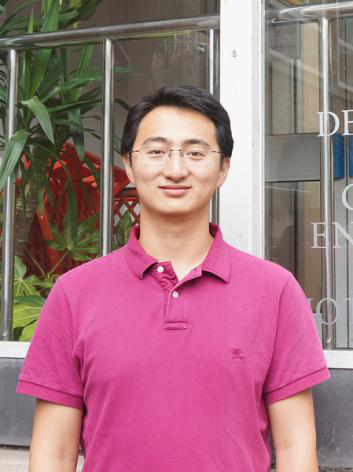报告题目: Towards a “predictive” model of soot formation
报告人: Prof. Dongping Chen
报告人单位:Department of Mechatronical Engineering, Beijing Institute of Technology
报告时间:June 7 ( Thursday) 3:00pm-5:00pm
报告地点:B-518, Lee Shau Kee Building of Science and Technology
邀请人: Prof.Xiaoqing You
Abstract
Soot is generally regarded as a pollutant. The desire to limit soot emissions motivates researchers to investigate the physical properties of soot at the combustion conditions. The polycyclic aromatic hydrocarbon (PAH) molecules are widely accepted as the precursor of soot and the clustering of PAHs are believed to initialize soot formation. Due to the transient and high-temperature nature of combustion, the residence time of PAH clusters involved in soot formation is very short (milliseconds). It is difficult to characterize the PAH clusters in situ using current experimental techniques. Numerical modeling of soot formation is viewed as an alternative to bypass the experimental difficulties. We developed a population balance model for soot growth in laminar flames. The model parameters were obtained from a fitting procedure against experimental particle size distributions of a series of premixed ethylene flames, and our model is capable of reproducing measurements of different flames, for example, mass spectrometry data of low-pressure premixed ethylene flames as well as the soot volume fractions in coflow diffusion ethylene flames. On the other hand, we built up homogeneous PAH clusters to mimic the behavior of nascent soot particles using the molecular dynamics (MD) method. One can unveil the properties of nascent soot particles that are impossible to measure experimentally and guide the selection of model parameters based on the detailed survey of the numerical representations. Although homogenous clusters are simplified configurations of soot, it opens a fundamental way to sample the properties of soot. Combining the knowledge learned from the MD method, it is possible to fill in the missing pieces in our soot model and eventually we hope that this will yield a “predictive” soot model.
Bio:

Prof. Dongping Chen is currently an associate Professor at the Department of Mechatronical Engineering, Beijing Institute of Technology. His primary research interests fall into the areas of particle formation in flames, particularly soot. More specifically, his research includes particle dynamics in laminar flames, high-pressure kinetics, supercritical fluids, transport theories and large-scale optimization. He was a PostDoc fellow in the department of Mechanical Engineering, Stanford University and supervised by Prof. Hai Wang. Prior to joining Stanford University, he conducted research on soot formation using numerical methods under the supervision of Professor Markus Kraft, University of Cambridge. He contributed significantly towards the understanding of molecular structures and properties of soot particles using molecular dynamics method.
PostDoc (2015-2018) Mechanical Engineering, Stanford University Supervisor: Professor Hai Wang
Ph.D. (2011-2014) Chemical Engineering, University of Cambridge Supervisor: Professor Markus Kraft
M.Sc. (2010-2011) Chemical Engineering, Imperial College London Supervisor: Professor Erich Muller
B.Sc. (2005-2009) Applied Chemistry, Dalian University of Technology.